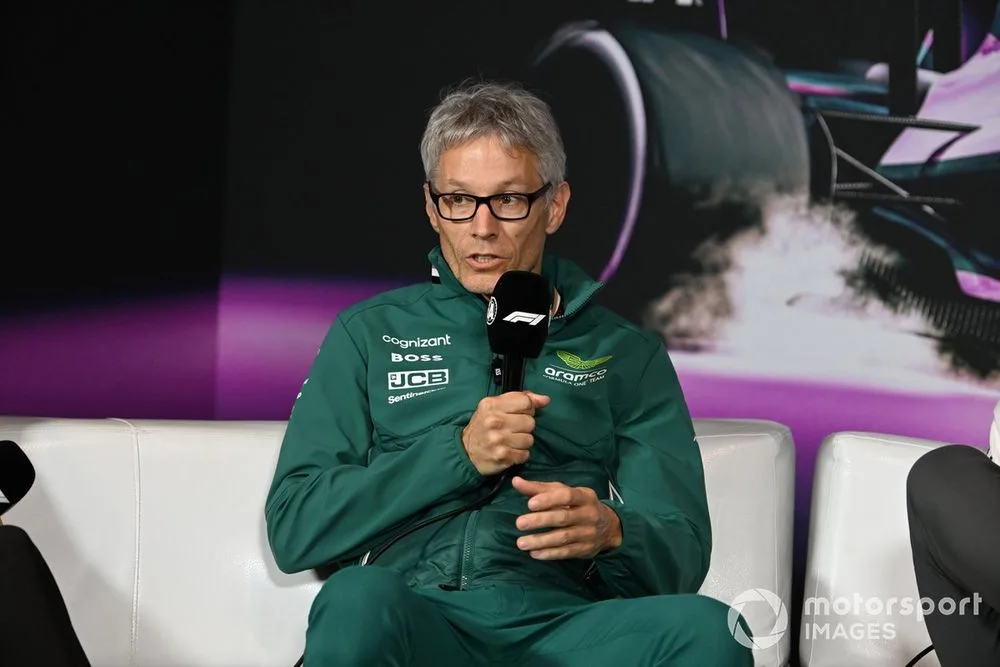“Max Verstappen won the 2026 Formula 1 Bahrain Grand Prix after using his +0.5 MJs on his final lap and deploying his MOM [manual override mode].”
Is this the frightful prospect that F1 fans could be faced with, judging by the proposed regulations for 2026?
The release, which FIA Single Seater Technical Director Nikolas Tombazis called a “moderate revolution”, seems as confusing as the oxymoron he decided to use.
As teams push back on the proposals and start their own revolt, there is growing fear that if allowed to be processed in their current form it would only serve to alienate fans.
F1 parlance has always been a moot point and for the best part accepted. In recent years we have seen the introductions of wordy components that were condensed into confusing acronyms – DRS, ERS, CE, SOC, DAS and MGUK-H.
But if we are realistic about appealing to a wider audience then the suggested terminology needs to be addressed.
While the proposal for active aerodynamics is intuitive, calling it ‘Z-mode’, for high downforce, and a low-drag ‘X-mode’ for the straights – coupled with the revised plans for new power units and battery technology, plus sustainable fuels – risk making it all too confusing and causing fans, especially the new ones that F1 has tried so hard to attract, to turn off.
Mike Krack, Team Principal, Aston Martin F1 Team, in the Team Principals Press Conference
Photo by: Mark Sutton / Motorsport Images
Aston Martin boss Mike Krack said: “It’s a lot of engineering language. Z-mode, X-mode, energy management and so on. In terms of complexity, I think we need to focus on the product, the fan, and the spectator.
“I’m a bit scared that in 2026, we will have driver press conferences or driver interviews speaking about all these technicalities that a lot of people will not understand and lose interest.
“That is something that I think we need to be really careful. If we have different energy management from track to track or constraints on the car that makes one car maybe go to the front, one to the back, and then how [do we] explain this?
“That is something that we really need to keep in mind.”
Haas team principal Ayao Komatsu agrees and says that the proposals will become easier to understand with time, but adds that the language being used is wrong.
He added: “Some part of the complexity is more in the language than in the substance, because when we talk about the X-mode, like it’s the DRS open and the concept of…
Click Here to Read the Full Original Article at Autosport.com – Formula 1 – Stories…

